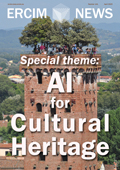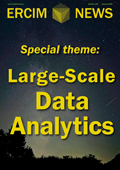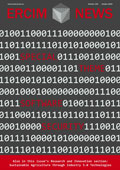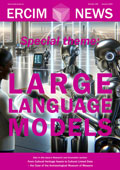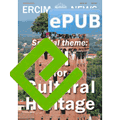by Petros Patias (AUTH), Themistocles Roustanis (KIKLO), and Charalampos Georgiadis (AUTH)
The Unique Authenticity Identifier is a novel, non-destructive, multi-parametric, digital indicator that is being developed during the implementation of the EU-funded project ENIGMA [L1]. The UAI will be used to provide a unique provenance metric for unknown/unregistered cultural items by exploiting contextual similarities between the unknown and known items.
The EC Communication on the EU Action Plan against Trafficking in Cultural Goods (2022) [L2] highlighted among others:
- “The identity, authenticity, provenience, provenance, and legal status of a cultural good, are rarely instantly visible, and often require specific expertise”;
- “Currently, the available intelligence picture does not adequately reflect the prevalence of cultural goods trafficking”;
- “Moreover, unregistered cultural goods, especially from excavation sites or uncatalogued collections, are hard to detect and track once they have become subject to trafficking.”. In order to tackle these bottlenecks, we need to increase the traceability of cultural goods by leveraging data, increase the capabilities of experts through access to more information, and decrease the response time by automating procedures, while keeping the initial data input at a minimum.
While many cultural goods repositories/databases exist, they are not interoperable, they are not open for sharing, and the information they provide is fragmented. Finally, unknown or fragmented cultural goods lack documentation and are not registered in databases. To overcome these challenges, novel concepts need to be developed. The Unique Authenticity Identifier (UAI) is focused on identifying undocumented cultural goods by extending the Object IDTM [1] and utilising Artificial Intelligence and Machine Learning tools to provide insights into their provenance, while considering alerts from pinpointed looted sites/monuments. The UAI is one of the core developments of the ENIGMA platform [2].
The UAI uses a 3-tier data classification for feature categorisation. The first tier contains the primary parameters (Subject (general context, e.g., saint, women, men), Type of object (general description, e.g. painting, statue, sculpture, coin), Materials & techniques (broad material classes, e.g. wood, metal, stone), Dimensions, including weight (easily measured in the field), Object photos (captured in the field), Inscriptions & markings, Distinguishing features)). Τhe second tier contains the secondary parameters (Content semantics, Textual content, Historical context (e.g. date, period, age), Spatial/Location associations (e.g. origin, similar locations). Τhe third tier contains the optimum/miscellaneous parameters (3D characteristics, Image characteristics, Surface/texture characteristics).
The UAI (Figure 1) resembles a DNA strand and, as such, it can be considered the DNA of a cultural object. Its building blocks are the properties / values of the categories, the hierarchical information that originates from standardised vocabularies, the objects image and the related extracted features, and finally the object’s 3D features.
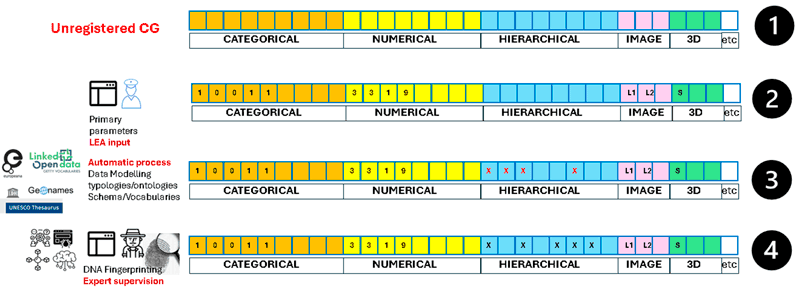
Figure 1: The UAI concept.
The construction/definition of the UAI is a dynamic process that involves automatic procedures. At the initial stage the Law Enforcement Agency (LEA) officers (Figure 2) begin populating the UAI with basic information, like the object dimensions, its material, its type, and images. All information is recorded, and a ticket is assigned to a mandated expert for further investigation. The ENIGMA platform uses advanced similarity metrics to search in relevant databases, and further populates the UAI, using the information of the documented objects and their similarity with the undocumented one. At the final stage, the expert validates the features that have been added automatically and enhances the information by filling in the remaining blanks based on their expertise. During this step the expert can use and exploit information from ENIGMA’s alerts infrastructure. The alerts include information about illegally excavated areas, or looted monuments. The alerts are produced by ENIGMA’s earth observation toolkit and crowdsourcing tools. The earth observation toolkit monitors specific areas, selected by mandated authorities, and issues an alert when a potential illegal excavation is detected. The crowdsourcing tool enables the public to report illegal excavations or looting of monuments. Each step of the procedure is documented and timestamped in order to track the changes made to the UAI and to integrate the dynamic aspect of the data.
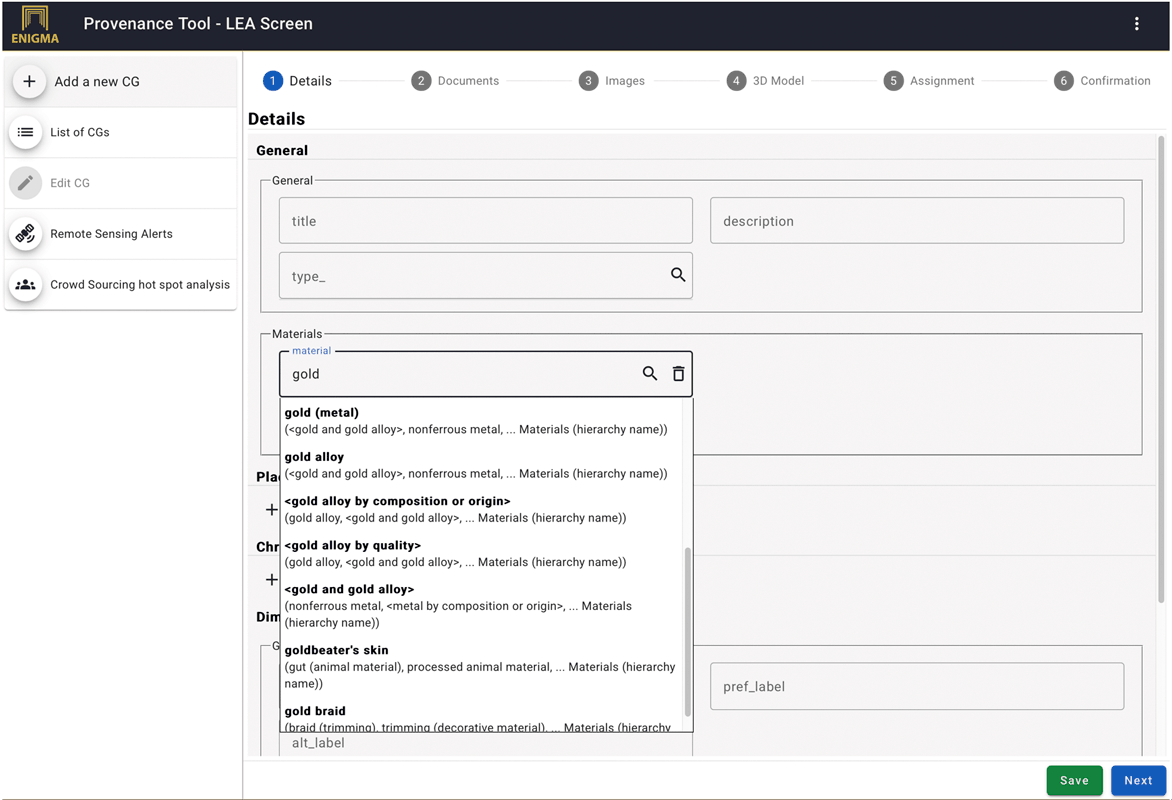
Figure 2: CG documentation by a LEA officer example.
The UAI methodology aims primarily to track unknown criminal groups, and to increase the capacity for tracking them by expanding the evidence base. The UAI aims to provide to LEAs and experts with access and the ability to consult the best, worldwide information through AI technologies, and it can be effectively adapted and integrated into their operational workflows and decision-making processes. Finally, the UAI initiates the dialog among stakeholders by highlighting existing gaps, challenging the status quo, rethinking long-term practices, and fostering a culture of continuous learning.
This research was funded by the European Union, under the project ENIGMA “Endorsing, safeguarding, protection, and provenance management of cultural heritage” grant number 101094237. Funded by the European Union. Views and opinions expressed are however those of the authors only and do not necessarily reflect those of the European Union or REA. Neither the European Union nor the granting authority can be held responsible for them.
Links:
[L1] https://eu-enigma.eu/
[L2] https://eur-lex.europa.eu/legal-content/EN/TXT/PDF/?uri=COM:2022:800:FIN
References:
[1] Icom, (1999), Object ID, Available at: https://icom.museum/en/resources/standards-guidelines/objectid/.
[2] P. Patias, C. Georgiadis, “Fighting Illicit Trafficking of Cultural Goods—The ENIGMA Project”, Remote Sensing, 2023; 15(10):2579. https://doi.org/10.3390/rs15102579.
Please contact:
Petros Patias, Charalampos Georgiadis
The Aristotle University of Thessaloniki, Greece


